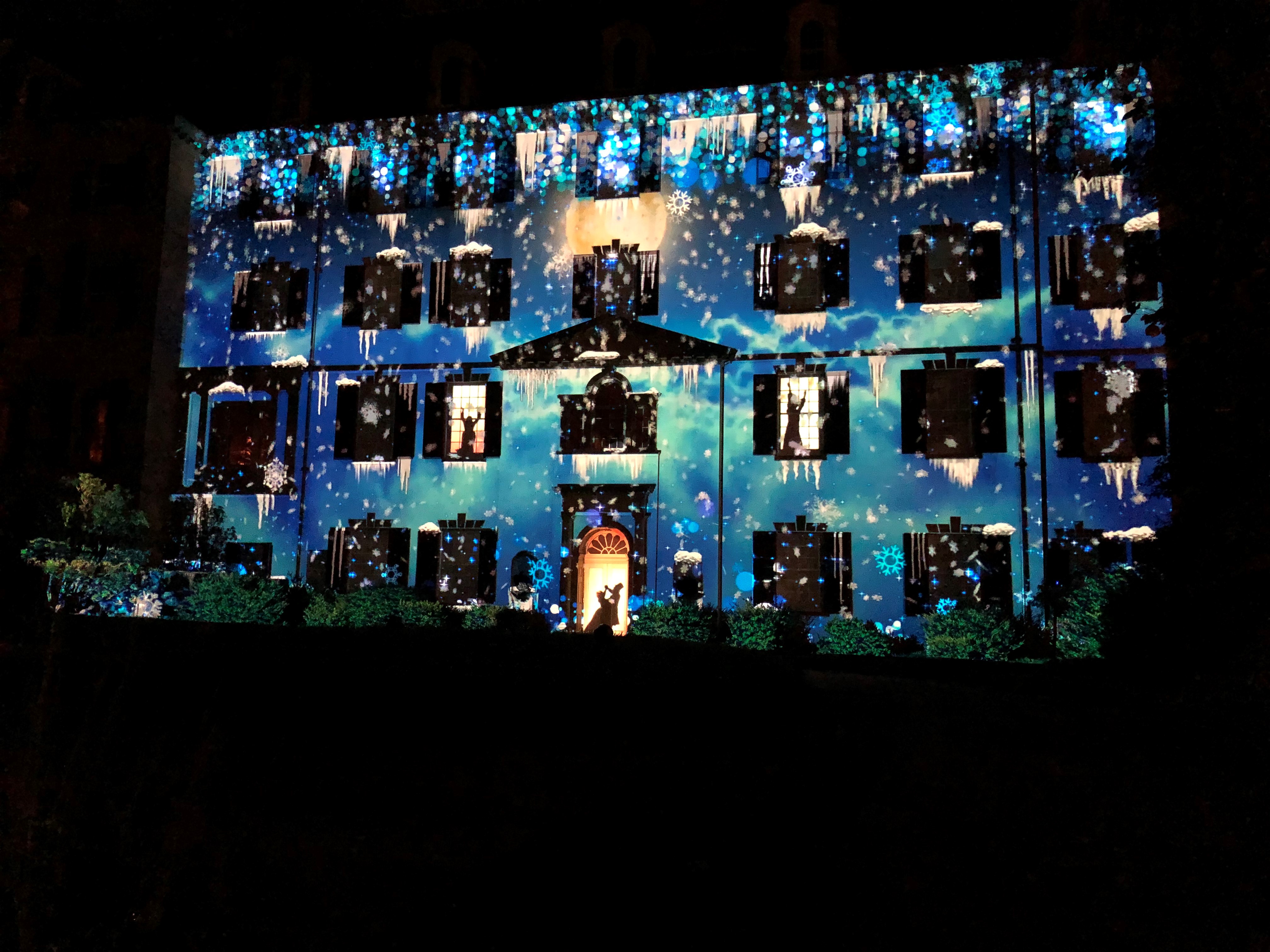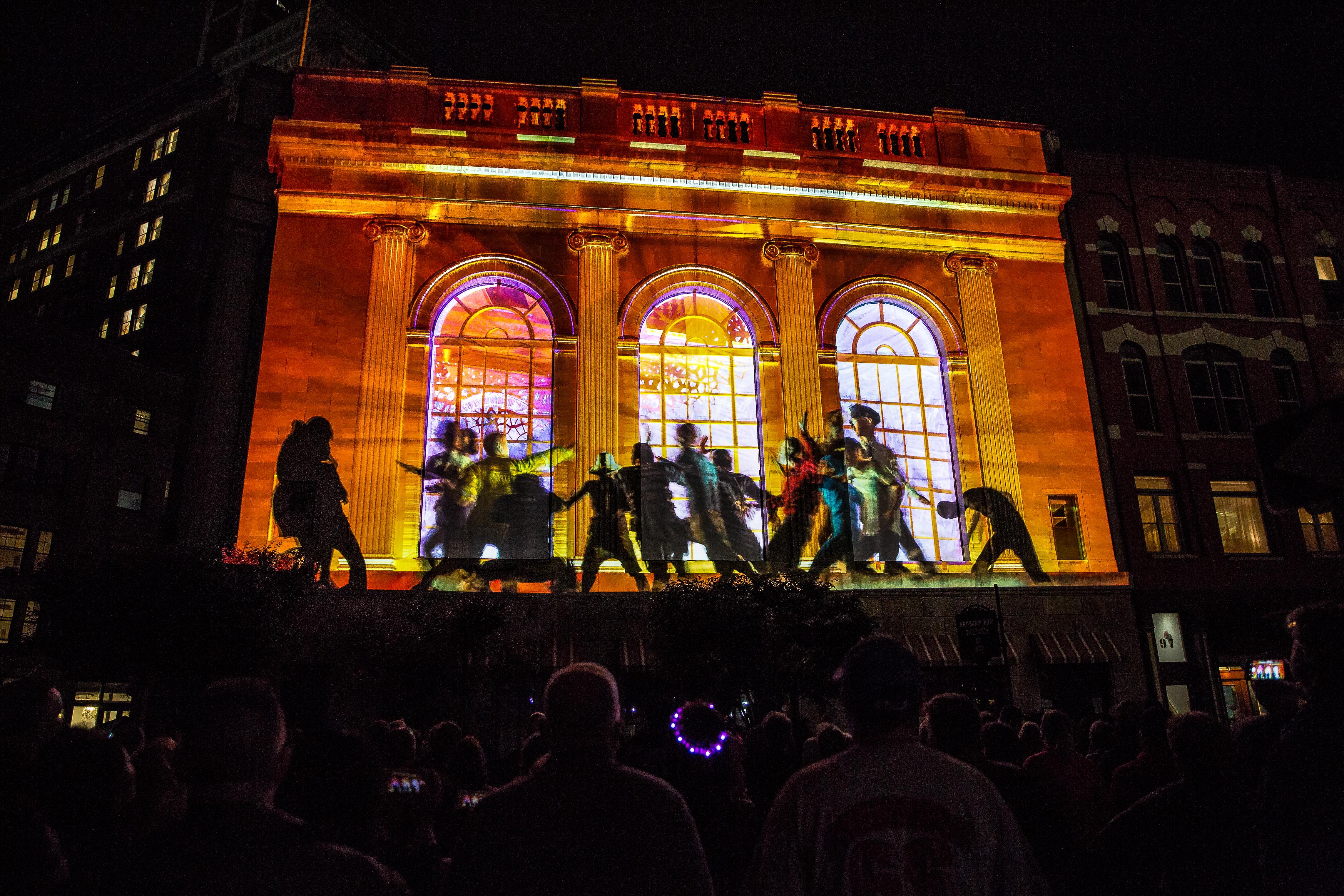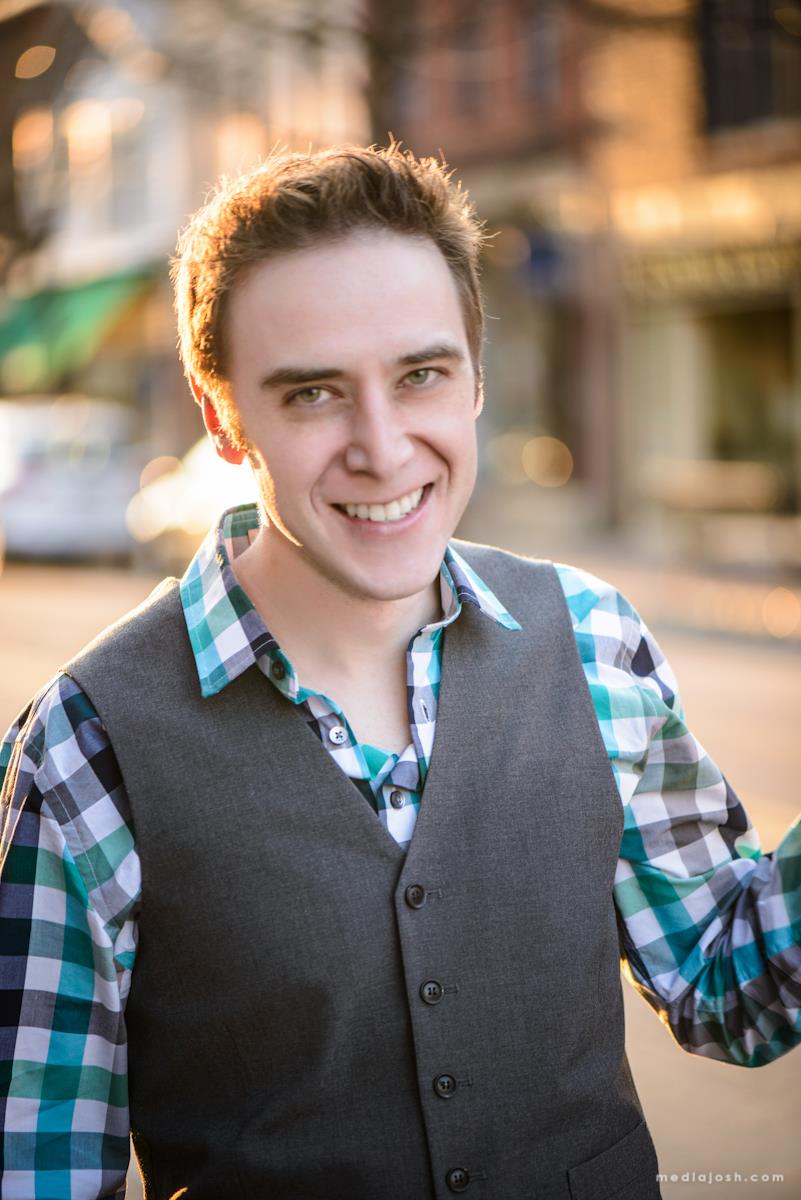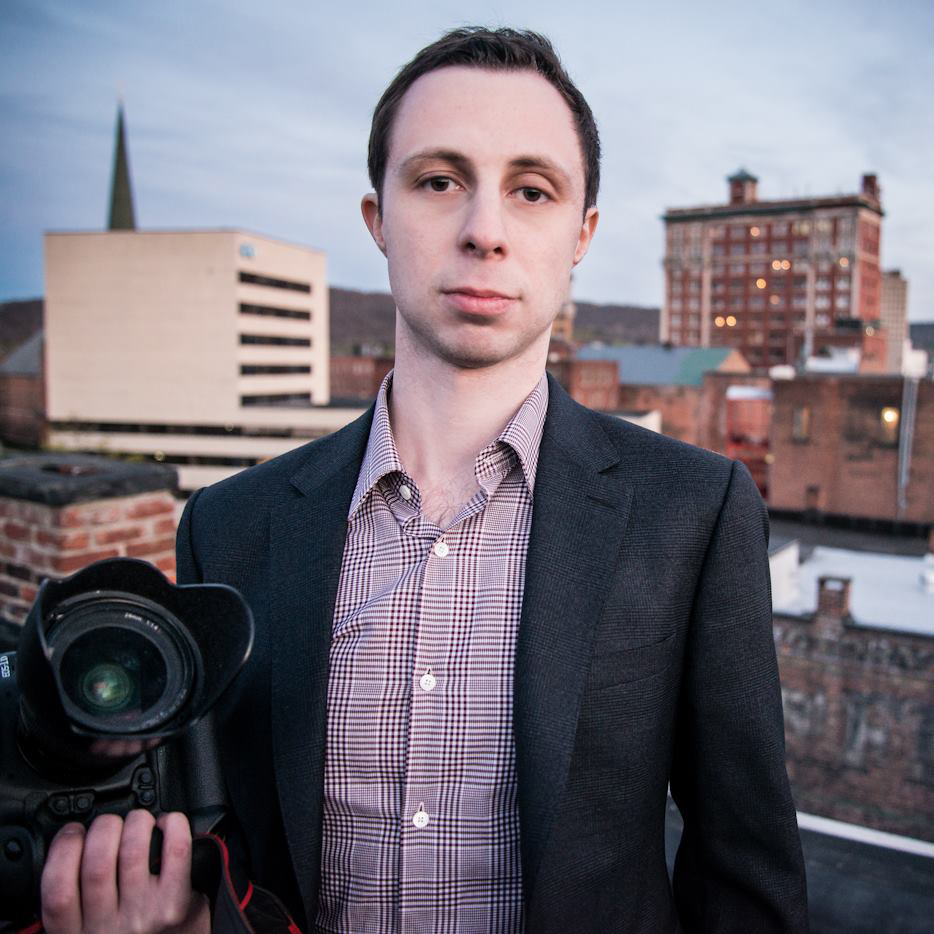Larger-than-life images projection-mapped onto massive structures create an awe-inspiring experience for audiences. Attending AV enthusiasts and pros often look back at where the image is originating from and wonder if they could also create such magic.
Nobody is going to tell you that projection mapping isn't complicated, but getting advice and inspiration from two AV pros — combined with knowing there are design and engineering experts from Panasonic behind you — will give you the confidence you need.
Painting the Landscape

The principles of projection mapping are the same whether a $500 or a $200,000 projector is used, which is why Philippe Bergeron, president and CEO of world-renowned visual storytelling and 3D-mapping company PaintScaping, recommends starting small.
Speaking from personal experience, Bergeron was using a $500, 800-lumen projector and a MacBook when he stumbled upon mapping. “I didn't know what mapping was,” he said. “One night, I was in my backyard projecting on a pond, I touched the mouse by mistake and with a stroke, I painted a rock with light.” That stroke changed Bergeron’s life, and he launched a new business in 2009. “I was speechless, and that's where PaintScaping came from, painting the landscape.”
To get a feel for the magic, you don’t need mapping software. Bergeron suggests, “Project a Photoshop session in the real world and paint a tree.” In this simple scenario, you are projecting the cursor and can start painting what you see, and alignment will be automatic. “That's what we did that night, and everything was mapped because I was literally painting the world.” Bergeron’s advice to those who want to try projection mapping: “Go and do it, it's a lot easier than you think.”
Fast forward to today, and PaintScaping has mapped everything from the world’s first mapping onto an operational rocket at Cape Canaveral, the largest mapping ever in the US, for Britney Spears in Las Vegas to the longest throw distance at 1.1 km onto a Sedona, Ariz., Mountain, and many more.
During the 1920s, the Du Pont family held a yearly Christmas celebration at its Winterthur estate called Mr. Harry's Party. "We tried to emulate what Du Ponts would do," Bergeron said. Bergeron created the story around Du Pont, his wife, and their two daughters, covering party preparation for the evening of the celebration. "We tried to incorporate what really happened at the party; they had musicians, jugglers, magicians, a ventriloquist, and there was a lot of drinking and dancing."
Spanning 100 feet wide and four stories tall, Mr. Harry's Party came to life mapped to the architecture in front of the Winterthur Museum with a single, Panasonic 50,000-lumens, 3-Chip DLP® SOLID SHINE projector with Native 4K+ resolution (PT-RQ50KU). This was Bergeron's first time working with a Panasonic projector, and he wasn't disappointed. "We could have easily stretched to 150 feet, and it would have looked phenomenal, with that one projector, maybe even 200 feet," he said. Razor-sharp images of moving figures in the windows and colorful holiday images danced on the outside of the building, creating a wondrous immersive experience. "The colors and the 4K resolution were just superb. It really was a stunning image — the colors were supersaturated."

Bringing a City to Life

Similar to Bergeron, LUMA co-founders Tice Lerner and Joshua Ludzki approached projection mapping from a grassroots perspective.
In its fifth year, and attracting more than 55,000 national and international attendees, the 2019 LUMA Projection Arts Festival transformed Binghamton, New York, into an interactive, immersive art scene. Spread across eight locations, art installations from more than a dozen artists were projection-mapped onto the city's architectural structures creating an awe-inspiring experience.
The LUMA Projection Arts Festival is the brainchild of self-professed "tech-geeks," Joshua Ludzki, Tice Lerner and Nick Rubenstein. "We like to look at LUMA as a playground for artists, technologists and creatives to come together and do something that's never been done before," Lerner said.

Not only had a projection arts festival of this scale never been done before in the US, but the LUMA team was also starting from scratch. "We had never turned on a large venue projector in our lives," Lerner said. "We rented a couple of these projectors, and we didn't know how to do projection mapping, but we had an idea of what we thought would work."
Out of sheer perseverance and ingenuity, a team of volunteer engineers, technicians, city workers, artists, along with the support of the City of Binghamton and community sponsors, and armed with four massive projectors, the first LUMA Projection Arts Festival was held in 2015. The team expected a turnout of 3,000 attendees, but they knew they had created something special when more than 30,000 people flooded the streets of downtown Binghamton and watched in awe as the city hall turned into a gingerbread house and the courthouse was transformed into Stonehenge.
Nearly every aspect of the festival is grassroots. "The people that are doing this -- as we call them our tech directors -- they have full-time jobs in other areas, like IT departments," Lerner said. "But like us, they had a passion for our area, for growing our community and doing something really cool, technology and art.”
Design and Technical Backing

For Lerner, working on a tight budget with technologies and equipment new to the LUMA team came with challenges they weren't aware could be different.
Using lamp-based projectors from various vendors, Lerner kept running into the same problems. "We had lots of issues, particularly with edge blending and reliability," he said. Knowing what he does now, "We were troubleshooting certain things that we didn't need to troubleshoot."
Many of the animations are mapped down to individual bricks. "With a limited amount of time to set up — we've got to get that exact match, and that's hard. And if we run into other issues, whether it be power issues or an edge blending issue, or just even something as simple as a signal issue from the output — that's time lost, when we could be working on the creative," Lerner added.
Lerner was in for more than a few pleasant surprises when his team began working with the Panasonic Visual Systems team and their projectors. "They brought in those little tricks and the things we didn't know how to do that saved us an immense amount of time," he said.
The LUMA team used to design all edge blending and geometry correction in software on a PC. Panasonic's Multi Projector Monitoring & Control Software was used for networking, and Geometry Manager Pro was used for geometry correction. "When the Panasonic team came, they networked all the projectors together and used Panasonic software to align the grids with the projectors and the hardware versus the way we were doing it. It was faster and cleaner, plus gave us a 25% improvement in setup time, completing setup in three days vs. the usual four days."
Inspiration
Check out the following links for inspirational projection mapping installations from PaintScaping, the 2019 LUMA Projection Arts Festival, and Panasonic projectors from around the world.
